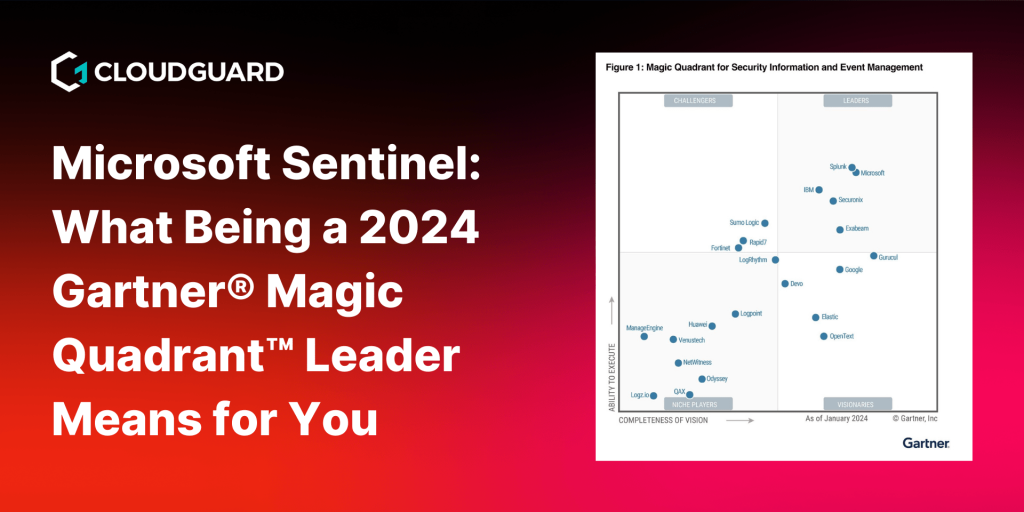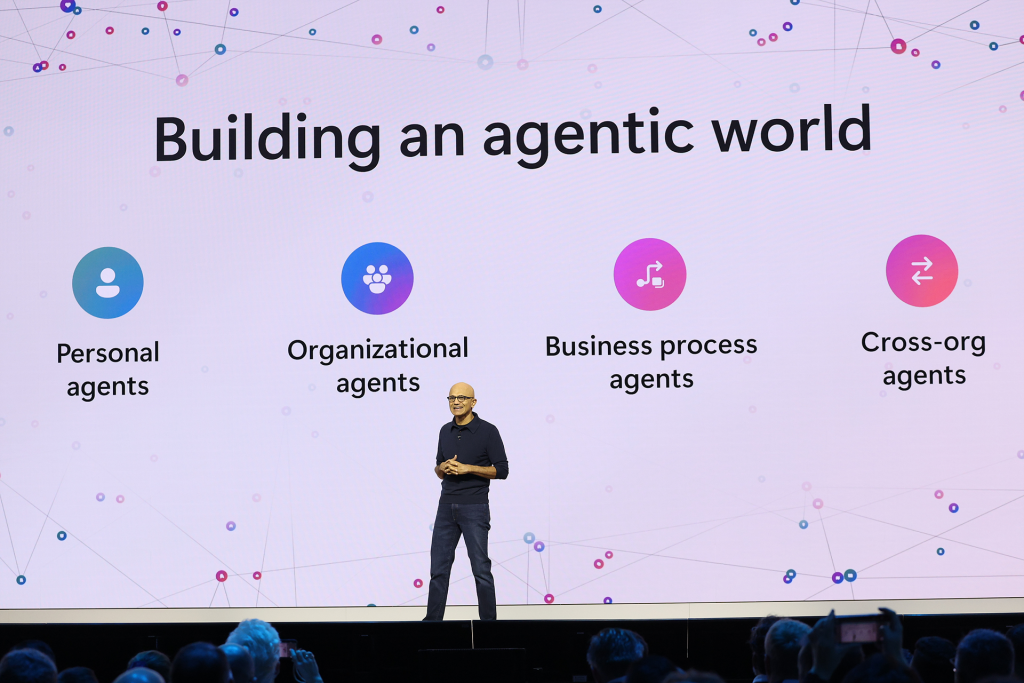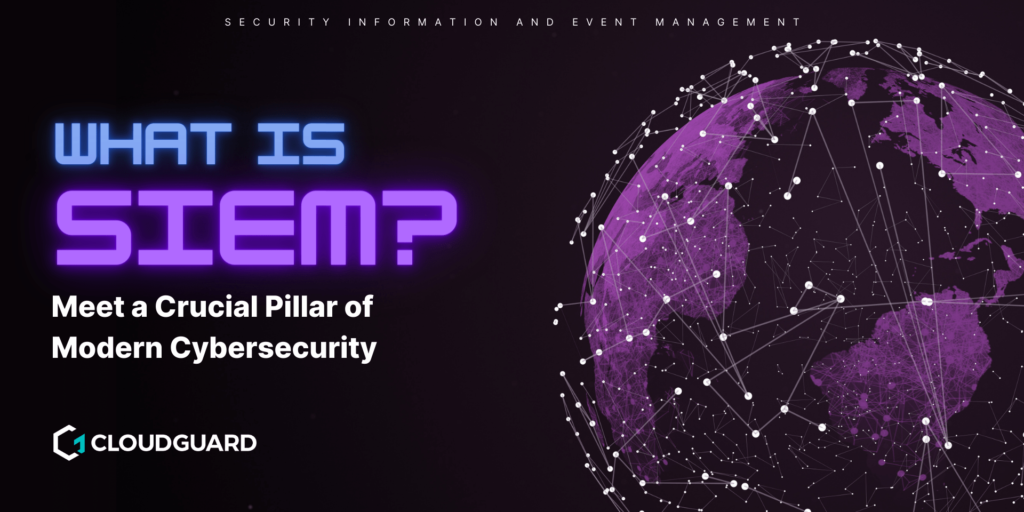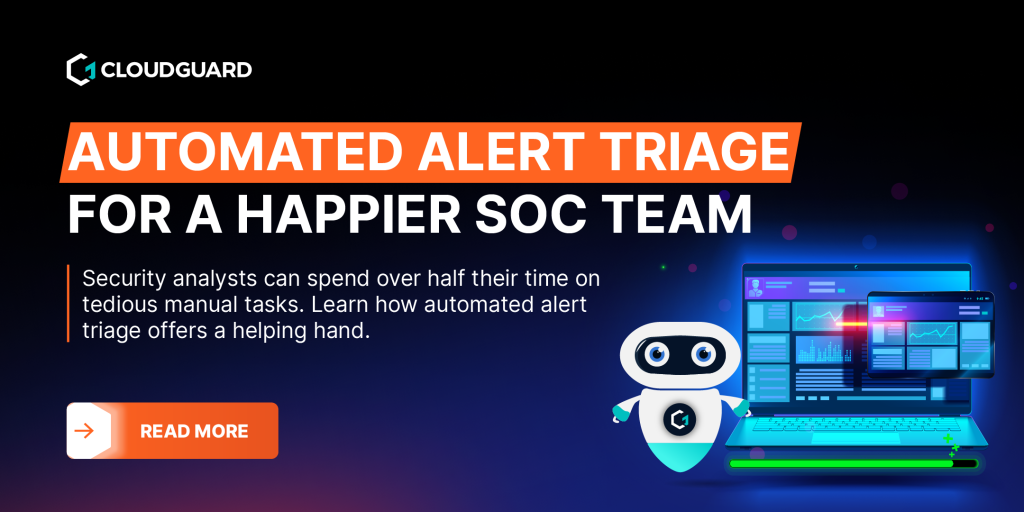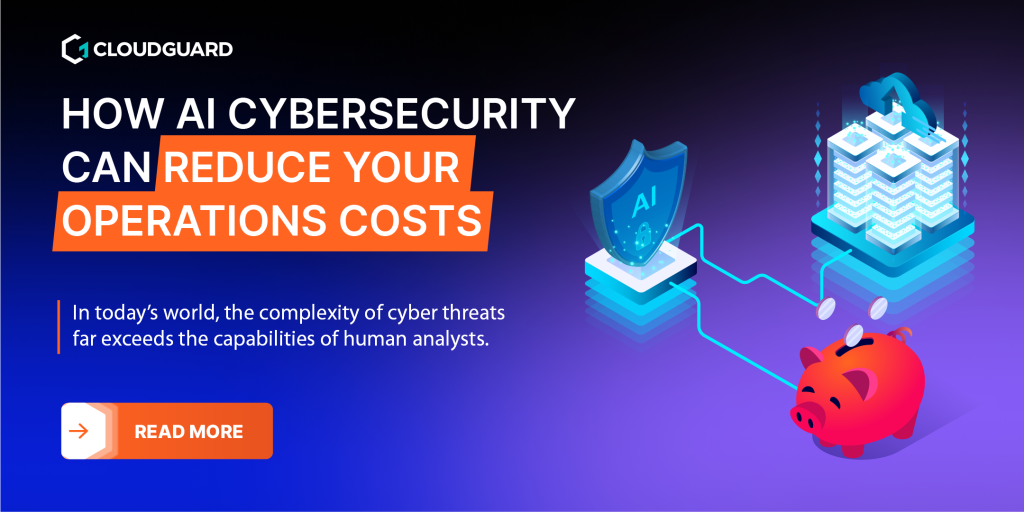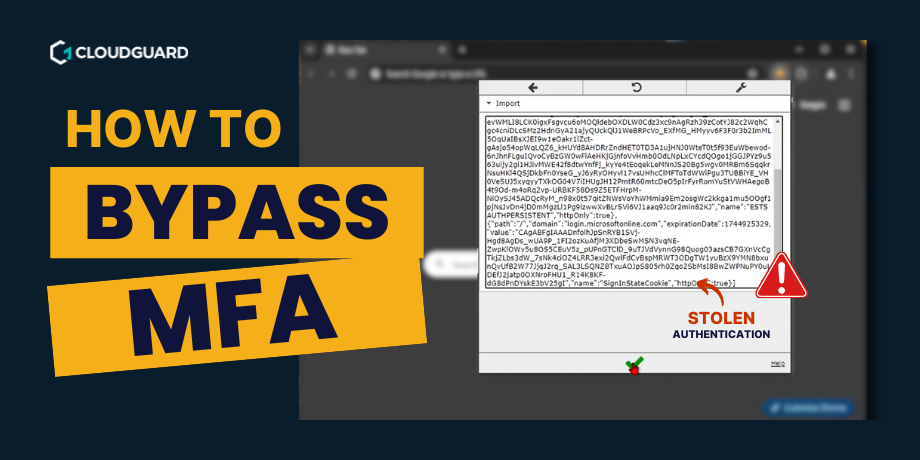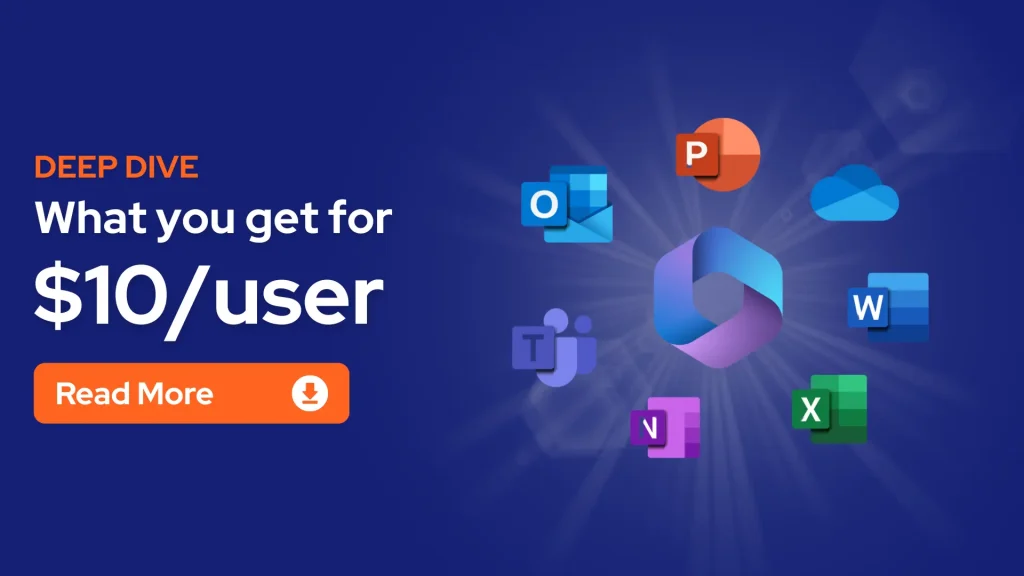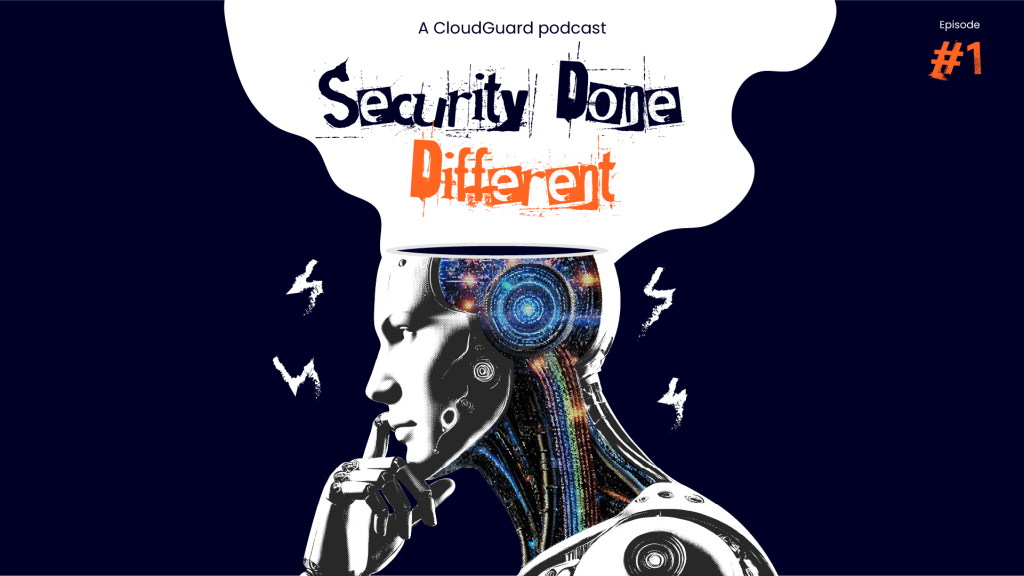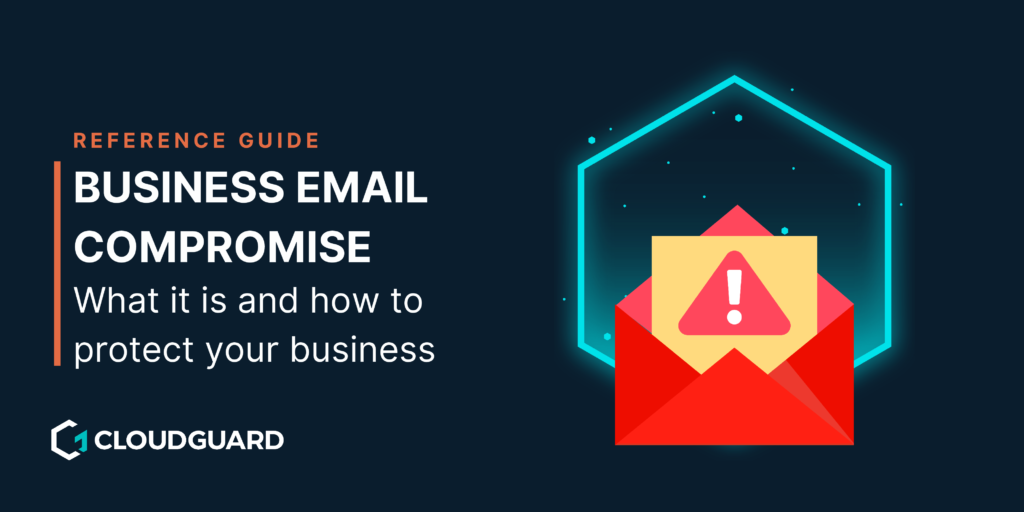Understanding Microsoft Sentinel costs can be a daunting challenge, and the first hurdle often lies in understanding how to deploy Sentinel properly. A common issue is that users may accidentally end up incurring unnecessary costs when rushing to deploy it.
As a leader in the 2024 Gartner® Magic Quadrant™ for Security Information Event Management (SIEM), it is an attractive choice for businesses looking for a powerful cybersecurity tool.
The accessibility of platforms like Sentinel, a Microsoft cloud-based service, has become remarkably user-friendly.
With a few clicks, anyone armed with the right credentials can activate services and connectors, setting the stage for a potential budgetary nightmare.
The “add to basket” mindset
Our CTO, Javid Khan, highlights this as an “add to basket” mindset, where the simplicity of turning things on contrasts with the complexity of managing the associated costs.
Many think that just activating Sentinel equals using it effectively. Turning on connectors without a clear understanding of the data being ingested can lead to a flood of noise and a significant impact on your monthly cloud bill.
This mistake is particularly common in mid-sized businesses, where the lack of technical awareness may result in Sentinel being treated as a checkbox item rather than a powerful tool for event correlation and incident response.
So, here we are, faced with the challenge of helping you make sense of your Sentinel costs.
In the upcoming sections, we’ll delve into the technical nuances and strategies to not only optimise your usage but also save significant costs in the process.
The Current State of Microsoft Sentinel Costs
Understanding the complexities of Microsoft Sentinel deployment goes beyond the initial setup. While it may seem straightforward to get data flowing into Sentinel by enabling features and ticking boxes, the true value lies in making sense of that data.
A common pitfall
One common pitfall is the lack of filtration and analysis post-ingestion. With various data connectors set up, including those from on-premise systems and different sources, users might find themselves charged for gigabytes of ingested data – without effectively utilising it.
Sentinel, now consolidated into a combined pricing model with Log Analytics, requires a more detailed approach.
A company connects its VPN logs to Sentinel without setting up proper filtering. Every connection attempt, successful or unsuccessful, is logged. While only a fraction of these logs are relevant to security monitoring, the entire dataset is ingested, drastically increasing costs.
Scenario: A company connects its VPN logs to Sentinel without setting up proper filtering. Every connection attempt, successful or unsuccessful, is logged. While only a fraction of these logs are relevant to security monitoring, the entire dataset is ingested, drastically increasing costs.
Maximise benefits
The key to optimising Sentinel is not just data ingestion but ensuring that only relevant and actionable information is collected. Here’s how you can achieve that:
- Filter logs before ingestion: Ensure that only security-relevant events are being sent to Sentinel.
- Use Kusto Query Language (KQL): Set up targeted queries to extract meaningful insights rather than generic alerts.
- Optimise retention policies: Not all data needs long-term storage. Use archival and basic logs for less critical data.
Cost-saving strategies
Cost-saving strategies involve revisiting central health checks, understanding existing Microsoft licenses, and optimising the utilisation of features like Defender for Cloud and Defender for Servers.
- Monitor Log Analytics Usage: Regularly check what data is being stored and eliminate redundant logs.
- Utilise Free Logs: Sentinel offers free ingestion for Azure Activity Logs and Microsoft 365 Logs, allowing businesses to enhance security monitoring without additional costs.
- Enable Data Collection Rules (DCRs): These allow you to pre-filter logs, reducing ingestion costs at the source.
- Consider Committed Pricing: If your data ingestion exceeds 69GB per day, look into committing to a fixed monthly reservation, reducing the per-gigabyte rate.
Successful deployment
A successful deployment of Sentinel saves money and makes operations smoother.
You must understand your business context and use Sentinel with smart analytics. This involves optimising the system, reducing false alarms, and ensuring it fits your business needs perfectly.
Following best practices and seeking expert help ensures Sentinel works well, saving money and improving security operations effectively while managing Microsoft Sentinel costs.
Scenario: A large financial institution was facing excessive Sentinel costs due to unchecked data ingestion. By implementing structured data collection rules and removing redundant connectors, they reduced their bill by 40% while improving security efficiency.
Understanding Microsoft Sentinel Pricing
The current rate of the default pay-as-you-go structure stands at £2.65 per gigabyte ingested (as of 2025).
Users may accidentally flood Sentinel with extensive data from sources like firewall appliances and network switches. The default configuration often leads to a copious amount of data being sent to Sentinel, ranging from user connections to various websites to detailed error logs.
To manage this influx effectively, pay attention to transformations and data collection rules, which allow users to filter and control the data before it is ingested into Sentinel.
Filtering should be applied carefully, either at the syslog collector or within Azure, taking into account potential costs and limitations.
Beyond a certain daily ingestion threshold (around 69 gigabytes), you may find it cost-effective to commit to a fixed monthly reservation, offering more predictable costs and a reduced per-gigabyte rate.
Don’t forget the importance of retention and archival of data for your compliance and regulatory needs.
There is a default 90-day retention period where data is held, following this there is a retention fee for storing data beyond that timeframe. Options such as basic logs and archive storage, offer lower-cost alternatives for less frequently queried data.
To address the complexity of long-term retention, you should assess your specific compliance requirements and business needs.
You can save costs and improve efficiency in your security operations by strategically organising and storing data according to its importance.
Using Microsoft Sentinel Correctly
Organisations often underestimate the value that Sentinel can bring. The key lies not just in turning it on but in rolling it out meaningfully, aligning it with business objectives, and considering your organisation’s cyber strategy maturity.
Just as businesses initially rushed to the cloud without a structured approach, the accessibility of Sentinel may tempt you to turn it on without a clear strategy.
However, the consequences can be similar – spiralling costs and underutilised potential. To prevent this, a Sentinel Health Check can help gauge your organisation’s cyber strategy maturity.
Understanding the fundamentals, having clear processes, aligning with business objectives, and ensuring a capable team are essential for effective Sentinel deployment.
This is a more strategic approach versus a haphazard ‘turn it on and see’ attitude, echoing the early days of cloud adoption where companies learned the importance of a well-thought-out cloud strategy.
Optimising Data Ingestion and Retention
Despite how complex Sentinel may seem, there are key points that can save costs and increase the value proposition for your organisation.
Key area one
The first is the availability of free log ingestion for certain types of logs, such as Azure activity logs and Microsoft 365 logs. This means you can utilise Sentinel to query and generate events and incidents based on these logs without incurring additional charges.
Even alerting is free, making it an attractive option for businesses looking to enhance their security posture without breaking the bank.
Key area two
Also, integration with other Microsoft services, like Defender, can enhance Sentinel’s capabilities without extra costs.
By having alerts from Defender sent to Sentinel, you can automate incident response without adding to expenses, provided you don’t opt for additional log storage.
Key area three
Microsoft Sentinel is an especially compelling option for small to medium sized businesses (SMBs), particularly those already invested in the Microsoft ecosystem, due to its cost-effectiveness and ease of integration.
You can access comprehensive security solutions at a fraction of the cost compared to other competitors in the market by strategically utilising your existing Microsoft licenses.
Repurpose Your Funds Effectively
At CloudGuard we have noticed an emerging market trend centred around cost optimisation, particularly within the Azure landscape. There is the potential to fund a Sentinel workspace for an entire year by strategically cutting costs in other areas of an Azure subscription. We can help your businesses build a compelling business case for cybersecurity and SIEM enablement by carefully managing Azure expenses.
Our approach provides you with the means to repurpose funds effectively, helping build a strong case for your cybersecurity requirements.
If you need help managing your Microsoft Sentinel costs, reach out to us for a Sentinel Health Check and we’ll take care of the rest.
